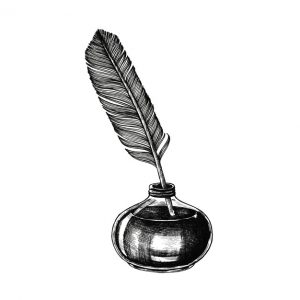Have you ever wondered why cereal boxes vary in size? If you’ve strolled down the cereal aisle, you’ve likely noticed that not all boxes are the same height, width, or depth. Manufacturers design cereal boxes based on marketing strategies, shelf placement, and brand identity. Understanding standard cereal box dimensions can help consumers make informed choices and even benefit businesses that deal with custom packaging.
Standard Cereal Box Dimensions
how tall is a cereal box vary depending on the brand and packaging requirements. The height, width, and depth of a cereal box depend on the brand, serving size, and product weight. Below are some common cereal box dimensions:
Height: Typically between 10 to 12 inches
Width: Ranges from 7 to 8 inches
Depth: Usually between 2 to 3 inches
Some brands also offer larger family-size boxes, which can be as tall as 14 inches. These variations ensure that consumers have options based on their needs and storage preferences.
How Manufacturers Determine Cereal Box Sizes
Cereal companies carefully design their boxes to maximize shelf appeal while maintaining cost-effectiveness. Several factors influence cereal box dimensions, including:
Shelf Space Efficiency: Retailers prefer boxes that fit neatly on shelves while being eye-catching.
Branding and Marketing: Larger boxes allow more space for branding, promotions, and nutritional information.
Consumer Demand: Smaller boxes cater to single-serving needs, while family-sized boxes appeal to bulk buyers.
Material and Cost Considerations: Companies optimize dimensions to reduce packaging costs without compromising product visibility.
Understanding these elements helps explain why cereal boxes are not one-size-fits-all.
Why Cereal Box Height Matters
The height of a cereal box affects both storage and usability. Consumers who have limited pantry space often prefer shorter boxes that fit neatly on shelves. Retailers, on the other hand, favor taller boxes because they create a strong visual presence on store shelves.
Manufacturers strategically adjust box heights to balance these needs. For example, a brand targeting families may opt for taller boxes to highlight value-size offerings, while those marketing to individuals may use shorter, compact packaging.
Comparing Popular Cereal Box Dimensions
Different brands follow unique sizing trends. Here are some comparisons of standard cereal box dimensions from popular brands:
Kellogg’s Frosted Flakes: 11.5 inches tall, 7.75 inches wide, 2.5 inches deep
General Mills Cheerios: 12 inches tall, 8 inches wide, 2.5 inches deep
Post Honey Bunches of Oats: 12 inches tall, 7.8 inches wide, 2.6 inches deep
These variations demonstrate how cereal packaging differs while maintaining similar volume capacities.
Customizing Cereal Box Dimensions
Businesses that want to create unique cereal packaging must consider custom box design. Custom packaging allows brands to experiment with sizes, materials, and artwork to enhance their product appeal. If you’re looking for tailored packaging solutions, visit custom design boxes for high-quality custom cereal box options.
The Future of Cereal Box Design
As consumer shift preferences, so do cereal box dimensions. Some trends shaping the future of cereal packaging include:
Eco-Friendly Packaging: Brands are reducing box sizes to minimize waste.
Compact Designs: More companies are opting for resealable and space-saving boxes.
Innovative Shapes: Unique box designs help products stand out on crowded shelves.
With evolving trends, cereal packaging continues to adapt to consumer needs while maintaining brand visibility. Read More
Final Thoughts
Cereal box dimensions play a crucial role in branding, storage, and customer satisfaction. Whether you’re a consumer comparing sizes or a business exploring custom packaging, understanding how tall a cereal box is can help make informed decisions. With evolving trends, cereal packaging is set to become more innovative, sustainable, and convenient.


